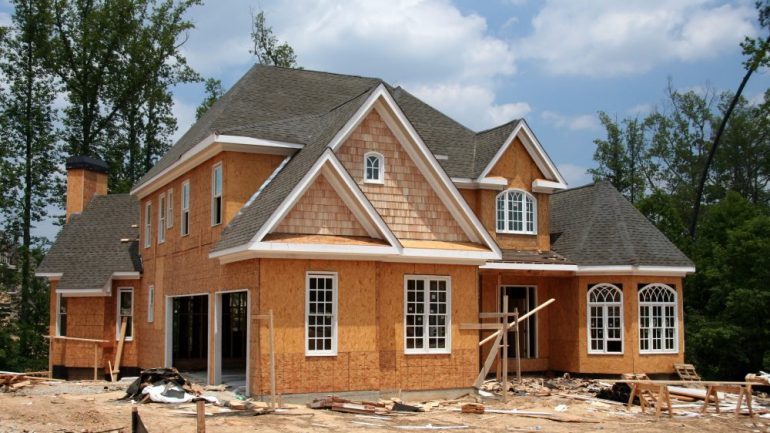Building a new home is far different from purchasing an existing house. While you may be familiar with typical purchase contracts and mortgages, here are the basics when dealing with a builder and financing new home construction.
The sales contract
All purchase contracts spell out the purchase price, amount of earnest money, projected closing dates and closing costs. All contracts also will set deadlines for the buyer to apply for and obtain mortgage financing. A sales contract on a new home, however, additionally spells out what options and upgrades the buyer wants.
Construction Pricing
There may be some price negotiation with a builder, but not as much as with an existing home sale. You may be able to negotiate an upgrade or two but pricing is usually firm.
Inspection time
With new construction, the buyer can have the home inspected upon completion, or rely on the inspections done by local government code enforcement during construction.
Appraisals
Lenders will do appraisals on both new construction and existing homes to ensure that the loan-to-value ratio meets requirements. With new construction, the appraisal looks at the cost to build and expected value at completion. Existing homes are assigned a value based on the sales of similar homes in the area.
Home construction financing
With true custom-built homes, buyers typically start with a construction loan. There are two basic types of loans available: construction-to-permanent and stand-alone construction. The most popular of these two is the construction-to-permanent loan. With this scenario, the lender fronts the money for the construction project. Once the house is completed and certified for occupancy, the loan is rolled into a standard mortgage. Buyers qualify once and close once.
A stand-alone is essentially two loans. Buyers take out a temporary loan for the construction, then a separate loan when the house is completed to pay off the first. The second loan is the permanent mortgage. These loans have two loan qualifications and two closings, making them far less popular.
These loans have more risks for the lender, so they scrutinize the borrower thoroughly. Expect to pay 20 percent down and provide a detailed construction plan from your builder, with time tables for completion of each phase.
Tract home builders
In a subdivision, the home builders often will have an established relationship with preferred mortgage lenders. In return for the builder sending several buyers to the lender, the lender agrees to offer attractive terms such as reduced closing costs. Because the builder and the construction plans are known to the lender, the mortgage process is typically efficient and streamlined. Buyers don’t have to use the builder-recommended lender and are encouraged to shop and compare on their own.
Related – Construction Loans: The Difference is In the Closing


